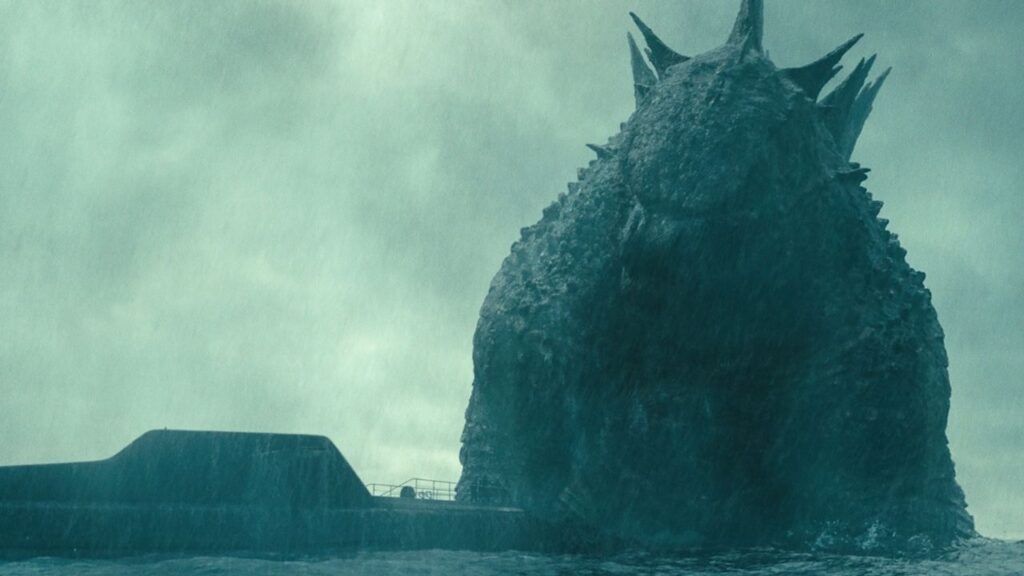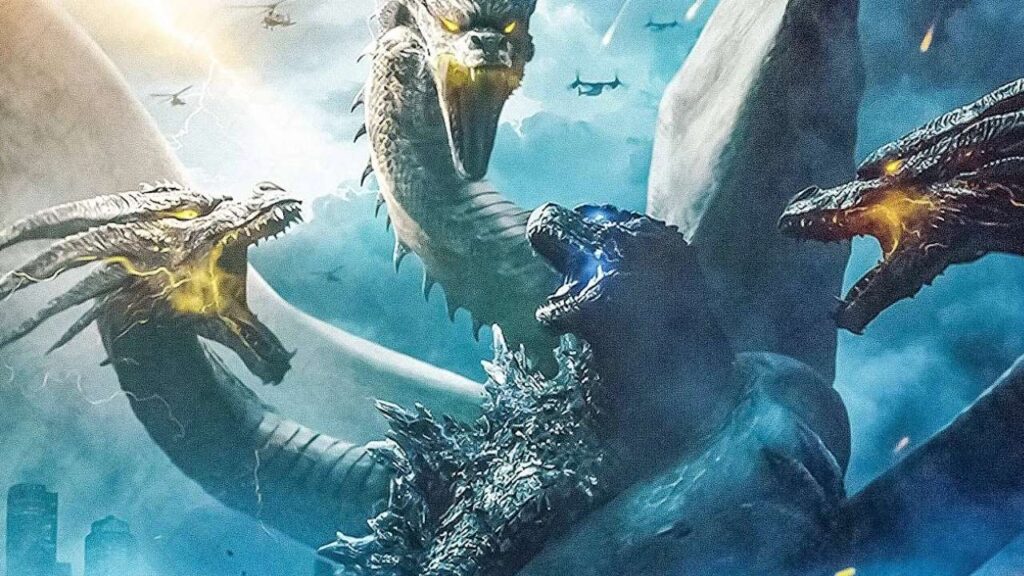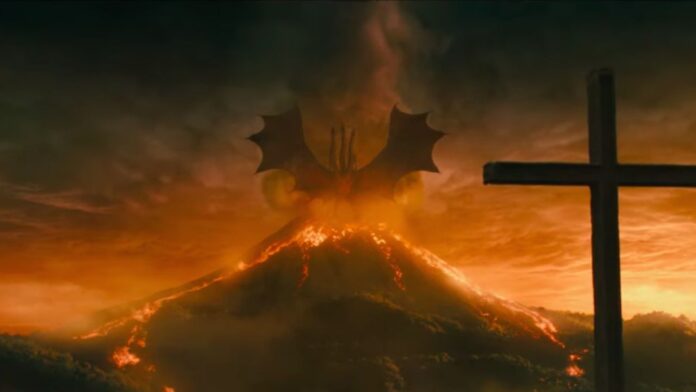In the original ‘Godzilla‘ film, ‘Gojira’, which hit Japanese cinemas, the monster scarred by a hydrogen bomb test, mirrored the keloid scars of Hiroshima and Nagasaki survivors. Just nine years after the atomic bombings, audiences wept as they saw their trauma on screen. William Tsutsui, author of ‘Godzilla on My Mind: Fifty Years of the King of Monsters’, explained why it struck so hard.
Under the American occupation, nobody dared speak openly about the bombings. Artists couldn’t touch the subject, and the public carried guilt and shame. However, once independence was restored, filmmakers found another way through monsters. So how did one film make a nation cry? The truth lies in how Hollywood completely rewrote the story.
‘Godzilla’ Brought Tears In Japan, Laughter In America

In the film, Godzilla was described as innocent, “like children in Hiroshima.” After being irradiated by an American H-bomb test in the South Pacific, he became scarred, enraged, and unstoppable. For Japanese viewers, watching Tokyo burn again was cathartic, a way to face the horror of radiation. However, the ending, bittersweet yet hopeful, reassured them that humanity could still prevail.
Related: 10 Must-Watch Political Drama Films Based On Real Events
Two years later, America met a very different beast. Released as ‘Godzilla, King of the Monsters!‘, the U.S. cut inserted Raymond Burr as a new lead character and slashed around 20 minutes of footage. Gone was the train scene linking Godzilla’s rampage to Hiroshima, and so was the professor’s final warning that more nuclear tests could bring another monster.
Instead, Hollywood ended the film on a bright note; the danger was gone, the world was safe again. But Tsutsui soon opened up, saying all criticism of the United States or nuclear testing was deliberately erased. He believed the heart of the movie was cut out entirely. U.S. critics didn’t take it seriously anyway.
In 1956, The New York Times even described it as “cheap cinematic horror-stuff,” while others mocked the monster as nothing more than a toy dinosaur made from gum shoes, toy buildings, and electric trains. Later adaptations also continued to dodge the truth.
Hollywood Whitewashed A Monster

Kazu Watanabe, head of film at the Japan Society, said the divide was stark. In Japan, Godzilla films were prestige projects with stars and big budgets. In America, they became “B-movie monster flicks” with funny dubbing that played into Orientalist stereotypes. Tsutsui couldn’t help saying that Hollywood’s edits meant American audiences never got the chance to respond to the film’s painful truth.
In case you missed it: ‘The Conjuring: Last Rites’: Chilling True Story Details Missing From The Horror Movie
Yet irony played its part. Even as Hollywood rewrote the narrative, the monster only grew bigger. By the 1970s, Godzilla was fighting robots, aliens, and other monsters on Saturday morning TV. For kids in the West, he was a Saturday cartoon hero. Meanwhile, in Japan, filmmakers still clung to the original symbolism. Each new era of Godzilla brought in contemporary fears: Cold War tensions, pollution, and climate change.
Today, both versions of Godzilla coexist. To some, he’s a warning about the horrors of technology, while to others, he’s simply the king of monster movies. And maybe that’s the magic. Whether seen as catharsis or spectacle, Godzilla remains a mirror to what each society chooses to remember, and what it tries to forget.





